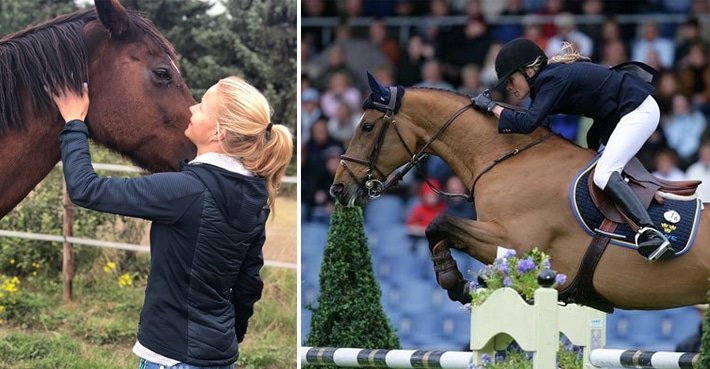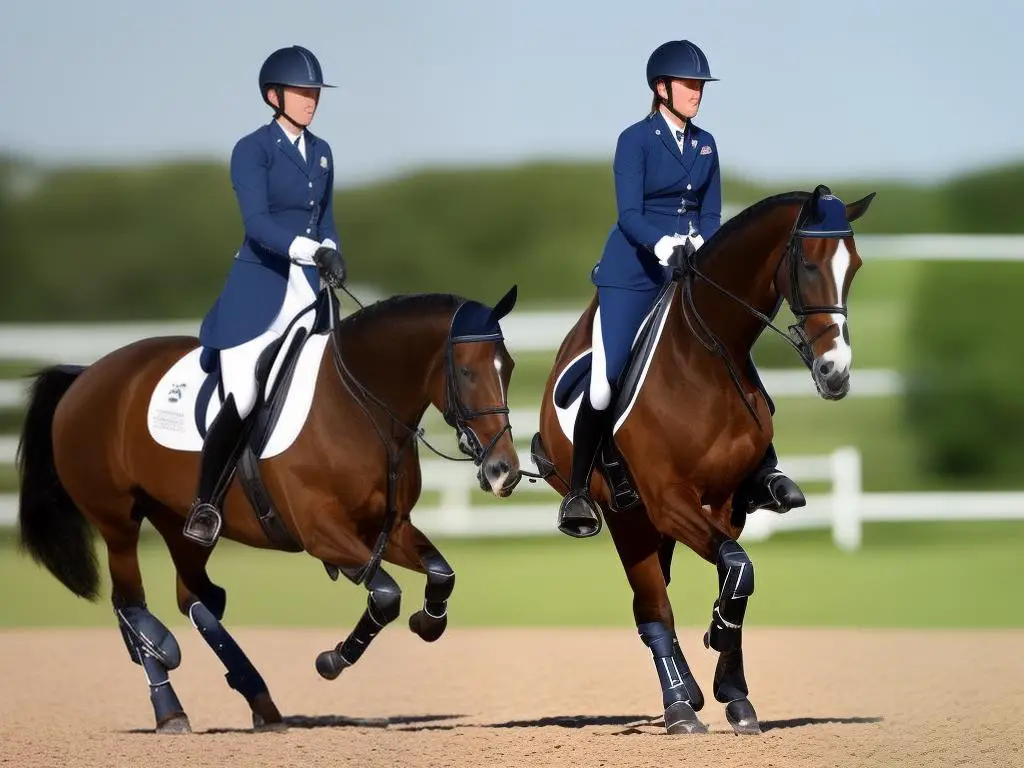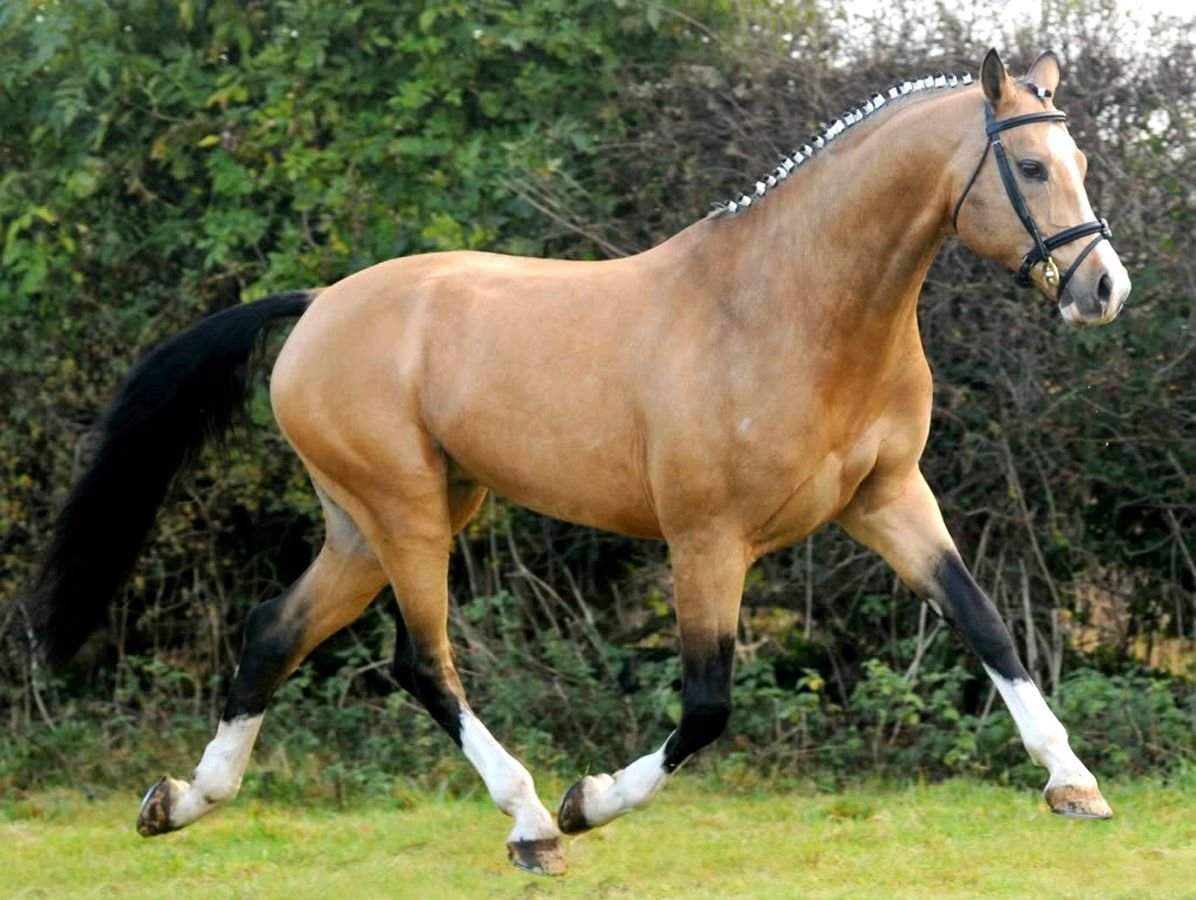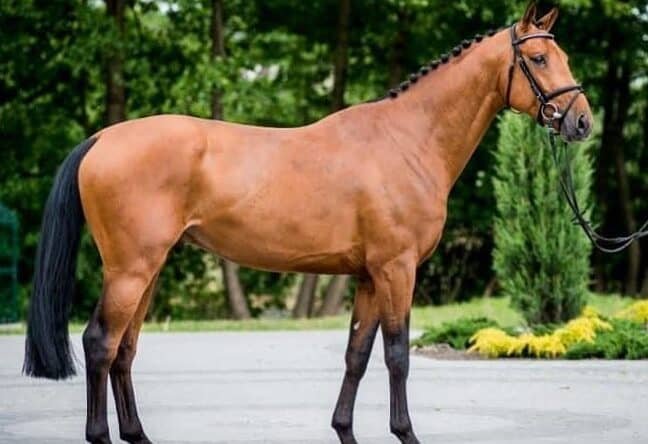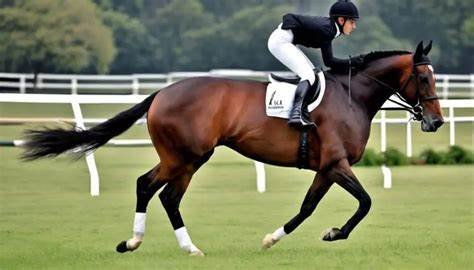Warmblood horses have long been regarded as elite athletes in the equestrian world, excelling in various disciplines such as dressage, show jumping, and eventing. These horses are known for their athleticism, versatility, and exceptional temperament, making them the preferred choice for Olympic equestrian events. Over the years, several warmbloods have made their mark on Olympic history, accompanied by skilled riders who have helped push the boundaries of competitive equestrian sports. In this article, we will highlight some of the most famous warmblood horses and riders who have shone at the Olympics, showcasing the incredible achievements of these magnificent animals.
1. The Role of Warmbloods in Olympic Equestrian Sports
The Olympics is the pinnacle of competitive equestrian sports, with dressage, show jumping, and eventing forming part of the event. Warmblood horses, known for their strength, athleticism, and cooperative nature, are often the go-to choice for Olympic riders. Their solid build and agility make them ideal candidates for the demands of high-level competition.
In dressage, warmbloods’ natural balance, fluid movements, and impressive gaits allow them to excel in the precise and demanding nature of the sport. In show jumping, their power, scope, and agility help them clear obstacles with ease. Similarly, in eventing, their stamina, bravery, and versatility allow them to navigate various terrains and obstacles efficiently.
Over the years, warmbloods have become synonymous with success in Olympic equestrian events, and many of the most memorable Olympic performances feature these incredible horses.
2. Famous Warmbloods in Olympic History
1. Valegro and Charlotte Dujardin (Great Britain)
One of the most famous Olympic warmbloods of all time is Valegro, ridden by British dressage rider Charlotte Dujardin. Valegro, a Dutch warmblood gelding, is often regarded as one of the greatest dressage horses in history. Together, Dujardin and Valegro dominated the sport, achieving numerous records and accolades, including two Olympic gold medals at the 2012 London Olympics and the 2016 Rio Olympics.
In 2012, Valegro helped Dujardin secure her first Olympic gold medal in individual dressage, followed by another gold in the team event. Their victory in 2016 further cemented their legacy, as they set world records in both the freestyle and Grand Prix dressage events. Valegro’s precision, grace, and strength, combined with Dujardin’s skill and artistry, made them an unstoppable pair on the Olympic stage.
2. Big Ben and Ian Millar (Canada)
Big Ben, a Belgian warmblood, is a legendary show jumping horse who helped Canadian rider Ian Millar achieve global recognition. Although Big Ben’s Olympic journey began in the 1988 Seoul Olympics, where he earned a team silver medal, it was at the 1992 Barcelona Olympics that their bond truly shone. Big Ben and Millar became a symbol of consistency and excellence in the sport.
Big Ben was known for his exceptional jumping ability, heart, and competitive spirit. Together, they earned multiple top finishes in major competitions, including the World Cup and the Pan American Games, and played a significant role in Canada’s success in international show jumping events. Despite their fame, their Olympic success was not limited to individual performances, as their teamwork was pivotal to Canada’s accomplishments.
3. Hickstead and Eric Lamaze (Canada)
Another iconic Olympic warmblood is Hickstead, a Dutch warmblood gelding who became a household name in show jumping. Ridden by Canadian rider Eric Lamaze, Hickstead made history at the 2008 Beijing Olympics by winning the individual show jumping gold medal. This victory was a highlight of Lamaze’s career and marked Canada’s first individual Olympic gold medal in show jumping.
Hickstead was known for his tremendous scope, speed, and boldness, making him a formidable competitor on the Olympic stage. His combination of intelligence and athleticism, paired with Lamaze’s precise riding, led to a flawless performance at the Beijing Olympics, securing the gold medal. Hickstead’s success continued to elevate Canada’s standing in international show jumping, and his legacy lives on in the sport.
4. The Netherlands’ Horses in Eventing:
The Netherlands has consistently produced successful warmbloods for eventing, with several horses and riders earning Olympic recognition. A notable example is Sam (ridden by Tim Lips), a Dutch warmblood who competed in the 2016 Rio Olympics. Sam was instrumental in helping the Dutch team earn a silver medal in the eventing team competition.
Dutch warmbloods are known for their stamina, versatility, and courage on cross-country courses, traits that make them highly competitive in eventing. The success of Dutch horses at the Olympics is a testament to the exceptional breeding programs in the Netherlands, which focus on producing horses that are not only athletically gifted but also have the temperament and endurance required for the challenges of eventing.
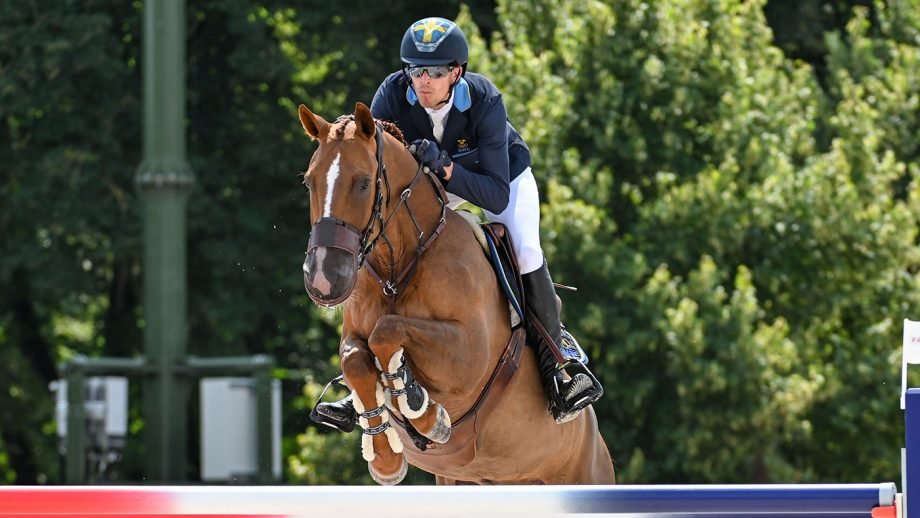
3. The Importance of Warmbloods in Modern Equestrianism
Warmblood horses continue to dominate the Olympic scene, and their contribution to the sport of equestrianism cannot be overstated. Their success is due to their combination of strength, agility, intelligence, and temperament, which make them highly suited for the demands of Olympic competition.
The role of warmbloods in the Olympics also underscores the importance of breeding and training. These horses undergo rigorous training and development to reach their full potential, and the riders who compete with them must be equally skilled and dedicated to achieving Olympic success. Warmbloods are bred to excel in various equestrian disciplines, making them a versatile and invaluable asset to competitive riders worldwide.
4. The Legacy of Olympic Warmbloods
The warmblood horses who have competed in the Olympics have set new standards for excellence in equestrian sports. Horses like Valegro, Big Ben, Hickstead, and many others have inspired riders and equestrian enthusiasts around the globe. These horses, along with their riders, have become icons in the sport, leaving a lasting legacy that continues to inspire future generations of Olympic athletes.
The Olympic success of these warmbloods has contributed to the ongoing evolution of equestrian sports. As the sport continues to grow and develop, it’s clear that warmbloods will remain at the forefront, excelling in both the Olympic arena and in competitions worldwide. Whether in dressage, show jumping, or eventing, warmbloods will continue to showcase the pinnacle of equestrian achievement for years to come.
5. Conclusion
Warmbloods have proven time and again that they are among the best athletes in the equestrian world, and their achievements in the Olympics highlight their extraordinary capabilities. Horses like Valegro, Big Ben, Hickstead, and many others have shaped the history of Olympic equestrian sports, leaving an indelible mark on the competition.
As warmbloods continue to excel on the Olympic stage, it’s clear that their unique combination of athleticism, temperament, and versatility will ensure their place in the hearts of equestrian fans around the world. These horses embody the spirit of excellence and the pursuit of greatness, making them true champions of the equestrian world.







